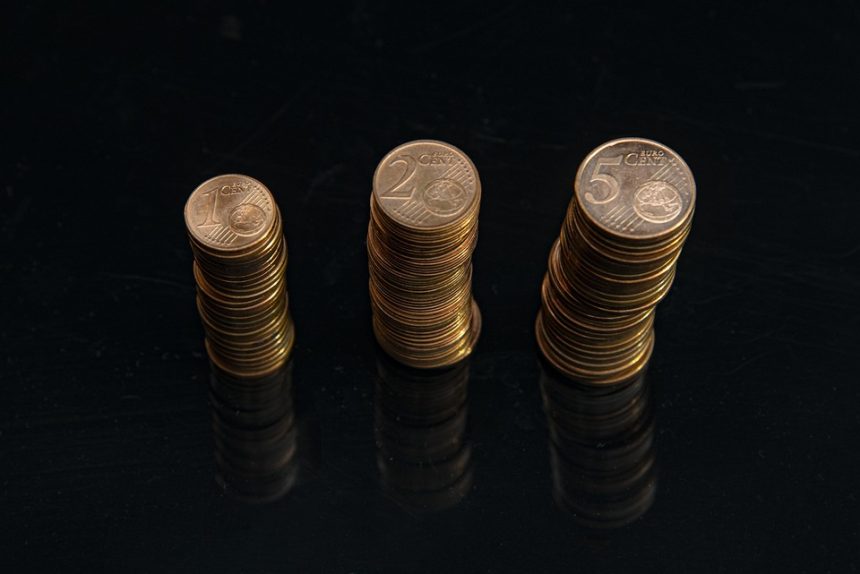The rise of blockchain technology has revolutionized numerous sectors, and one of the most tantalizing developments has been the emergence of non-fungible tokens (NFTs). Initially popularized through digital art and virtual goods, NFTs have carved out a vital niche in the collectibles market. As the technology evolves, the future of collectibles appears increasingly intertwined with the blockchain, promising new opportunities for collectors, creators, and investors alike.
Understanding NFTs: The New Digital Collectibles
NFTs are unique digital assets that represent ownership of a specific item or piece of content, verified through blockchain technology. Unlike cryptocurrencies such as Bitcoin or Ethereum, which are fungible and can be exchanged for one another, each NFT has its distinct value, characteristics, and provenance. This uniqueness makes NFTs particularly appealing in the realm of collectibles, where rarity and authenticity are paramount.
The Transformation of Collectibles
Traditionally, collectibles referred to physical items—be it trading cards, stamps, action figures, or art pieces. While these items hold significant sentimental and monetary value, they also come with challenges, including storage, preservation, and validation. Blockchain technology addresses these issues by providing a tamper-proof record of ownership and transaction history, making it easier to ascertain authenticity and provenance.
Why Blockchain is a Game Changer
-
Provenance and Authenticity: One of the core appeals of collectibles is their rarity. Blockchain offers a transparent ledger that tracks an item’s entire history—from creation to current ownership—thereby ensuring that collectors can verify the authenticity of an item.
-
Decentralization: Traditional collectibles markets often rely on intermediaries, such as auction houses and appraisal services, which can add layers of costs and complexity. The decentralized nature of blockchain allows for peer-to-peer transactions, enabling buyers and sellers to interact directly and reduce fees.
-
Fractional Ownership: NFTs make it possible to divide high-value collectibles into smaller, more affordable pieces. This fractional ownership enables more individuals to invest in valuable assets that they may not have been able to afford outright, broadening the accessibility of the collectibles market.
-
Global Reach: The internet and blockchain technology have no geographical limitations. Collectors can access a global marketplace, connect with other enthusiasts, and explore diverse collections that were previously unavailable in their local markets.
- Innovative Monetization Models: Blockchain allows creators to embed royalties in their NFTs, ensuring they receive a percentage of future sales. This opens new revenue streams for artists, designers, and creators, incentivizing innovation and participation in the market.
The Diverse Landscape of NFT Collectibles
The NFT landscape has expanded far beyond digital art. Today, it encompasses various domains:
Digital Trading Cards
Brands and franchises are leveraging NFTs to create digital trading cards that appeal to nostalgic collectors. For instance, sports organizations have issued limited-edition cards, allowing fans to trade and showcase their collections digitally.
Virtual Real Estate
Metaverses, such as Decentraland and The Sandbox, enable users to buy, sell, and trade virtual properties as NFTs. This new form of digital real estate is gaining traction among investors looking to capitalize on the growing interest in virtual experiences.
Video Game Items
Many video games are adopting NFTs to represent in-game assets, such as skins, weapons, and characters. These unique items can be traded on secondary markets, adding a new layer of value for gamers.
Music and Media
Musicians and content creators are using NFTs to sell exclusive albums, concert tickets, and memorabilia. This not only empowers artists but also fosters a closer bond with their fan base, allowing collectors to own a piece of their favorite artist’s work.
Challenges Ahead
While the future of collectibles on the blockchain is bright, it is not without challenges. Issues such as environmental concerns related to energy consumption in NFT minting, the potential for copyright infringement, and market volatility pose significant hurdles. Additionally, as the market becomes more crowded, distinguishing genuine value from hype will become increasingly challenging for collectors and investors alike.
Conclusion
The interplay between blockchain technology and the collectibles market is indeed forging a new era of ownership and investment. As technologies continue to evolve and the NFT landscape becomes richer and more diverse, collectors can look forward to a future filled with exciting opportunities. With its ability to establish provenance, democratize access, and facilitate innovation, blockchain is not just shaping the future of collectibles but redefining the very concept of ownership itself. As we move forward, those willing to adapt and embrace these changes will find themselves at the forefront of a revolution that melds culture, technology, and commerce in unprecedented ways.






